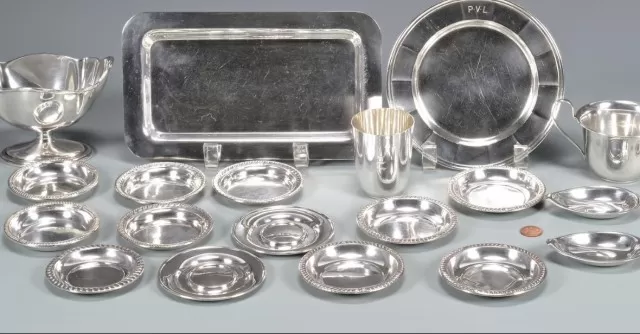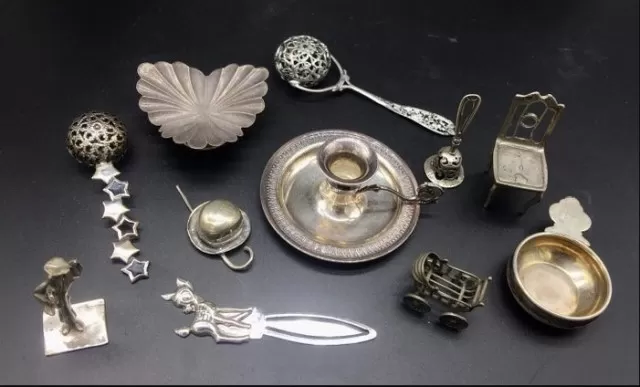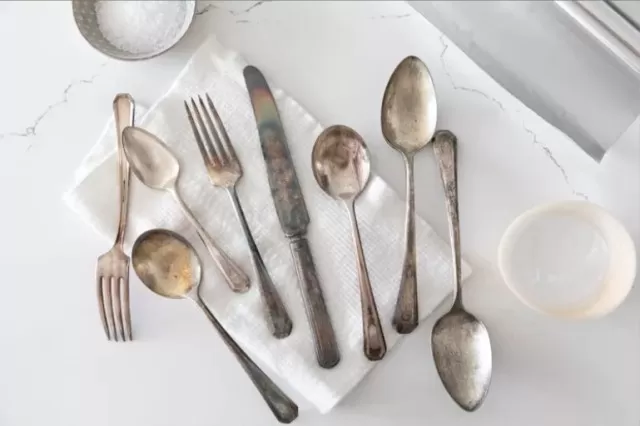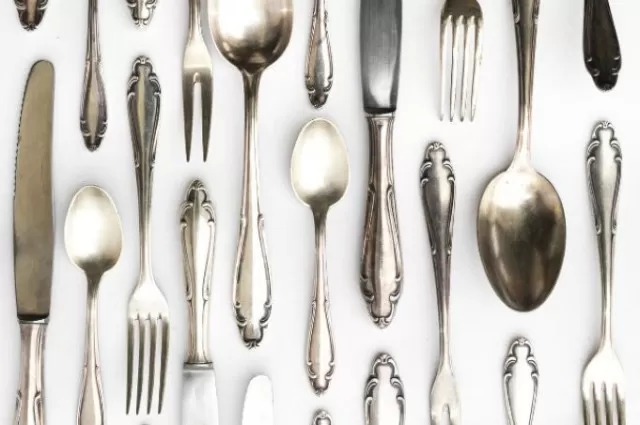As time passes, the lustrous sheen of silver can lose its brilliance or develop a tarnished appearance due to prolonged exposure to light and air.
Silver family treasures add an opulent element to dining arrangements, but as time passes, their lustrous shine may diminish or become tarnished due to exposure to light and air.
Thankfully, the process of Cleaning Silver doesn’t have to be laborious. By utilizing common kitchen supplies like salt and baking soda, you can effortlessly eliminate tarnish from silver objects.
Gain knowledge on silver cleaning techniques, including polishing and preventative measures, to restore your cherished items to their dazzling splendor.
Silver heirlooms add an opulent and lavish element to table arrangements.
The good news is that the process of cleaning silver doesn’t have to be a laborious task. By utilizing common ingredients found in your pantry, like salt and baking soda, you can effortlessly eliminate tarnish from your precious silver belongings.
In addition to learning how to clean silver effectively, you can also discover techniques to polish silver and prevent future tarnish, ensuring that your cherished accessories regain their radiant and dazzling allure. With just a little effort, your silver pieces will once again shine brightly, adorning your table and catching everyone’s eye.
Taking Care of Your Silver

Fortunately, the task of cleaning your silver items only needs to be done a few times per year, although more frequent cleaning may be necessary if the items are openly displayed and prone to faster tarnishing.
Before embarking on the cleaning process, it’s essential to conduct a simple test to determine the composition of your silver item, whether it’s pure silver, Sterling Silver, or silver-plated.
Pure silver, being a precious metal, is not magnetic. If a magnet sticks to your item, it is likely silver-plated, meaning it consists mainly of other metals.
When trying out the following silver cleaning methods, it’s crucial to test them in an inconspicuous spot, particularly for silver-plated items, to avoid damaging or removing the silver plating.
Tips for Cleaning Silver-Plated and Antique Silver Items

When it comes to cleaning silver-plated items like necklaces, rings, and other jewelry, it’s essential to proceed with caution.
Since these pieces have a thin layer of silver coating over another metal, aggressive cleaning methods or immersing them in liquid solutions can lead to flaking. To avoid any damage, it’s wise to conduct a patch test in an inconspicuous area before embarking on a thorough cleaning process.
For Silver Jewelry adorned with gemstones or embellishments, it’s advisable to use a gentle solution.
Mix a few drops of mild soap or baby shampoo with water to create a mild cleaning mixture. Use this solution to wipe down the jewelry, paying attention to intricate details and hard-to-reach areas.
Cotton swabs or soft bristle brushes can assist in reaching every nook and cranny. If you opt for a brush, remember to apply gentle pressure to prevent unintentional scratching.
When it comes to antique silver or pieces with significant value, it’s prudent to seek guidance from professionals such as antique dealers, jewelers, or specialized restoration companies before attempting to clean them.
These experts can provide tailored advice specific to your unique piece, ensuring that you employ the most suitable cleaning methods for your silver item.
Polishing Silver

While the aforementioned natural cleaning methods effectively restore shine to silver, you can also explore a range of commercial silver polish products available both online and in physical stores.
Ensure that you select a polish specifically designed for sterling silver or silver-plated items. Some polishes are formulated for specific applications, while others serve as general-purpose cleaners.
Always take the time to read the instructions provided with the silver polish product and follow them carefully to achieve the best results.
Storing Silver and Preventing Tarnish

Tarnish is an inevitable consequence of silver’s exposure to airborne particulates.
Although it’s impossible to completely halt the tarnishing process, you can slow it down by adopting proper storage practices. Choose a storage location for your silver, such as a drawer or cabinet, that minimizes its exposure to air and humidity.
For larger silver items, consider wrapping them in acid-free paper and placing them inside a cotton bag until they are needed again.
Silver cloth wraps and drawer liners can be employed to protect silver cutlery or serve ware. Avoid storing silver jewelry in the bathroom, as frequent humidity can accelerate tarnish formation.
By following routine care, engaging in preventative maintenance, employing gentle cleaning techniques, and occasional polishing, you can preserve the radiant shine of your silver pieces for many years to come.
*The information is for reference only.